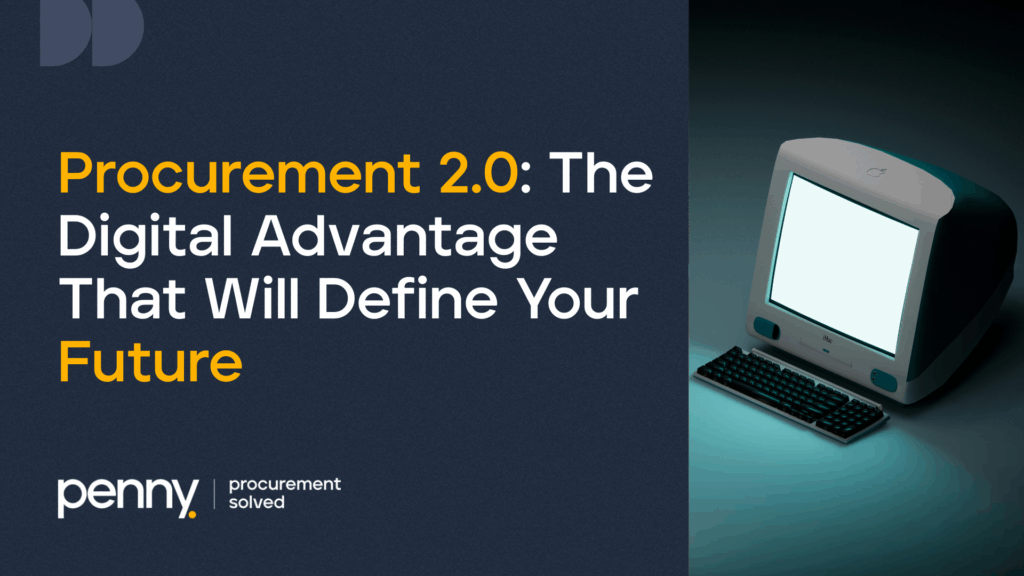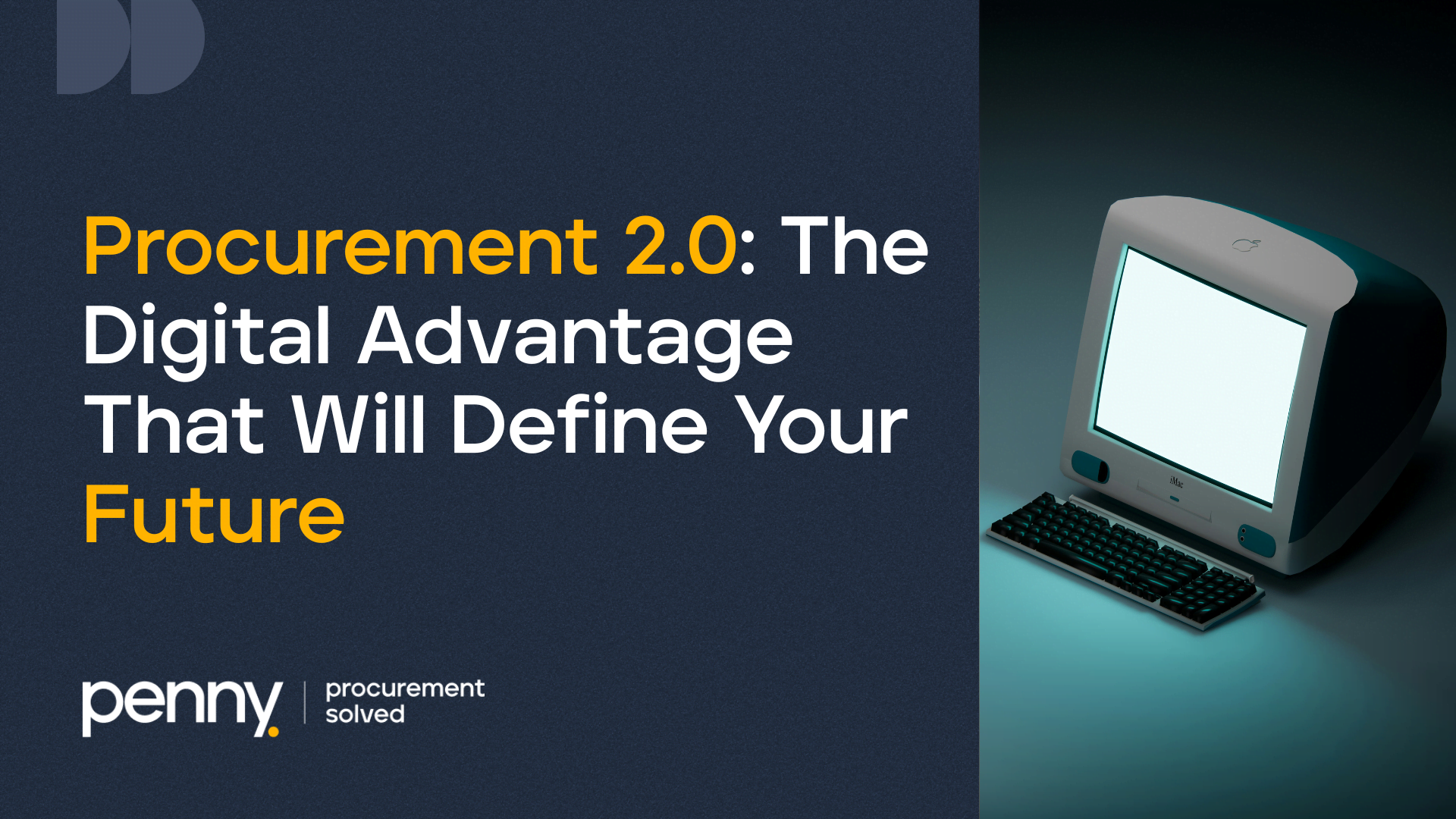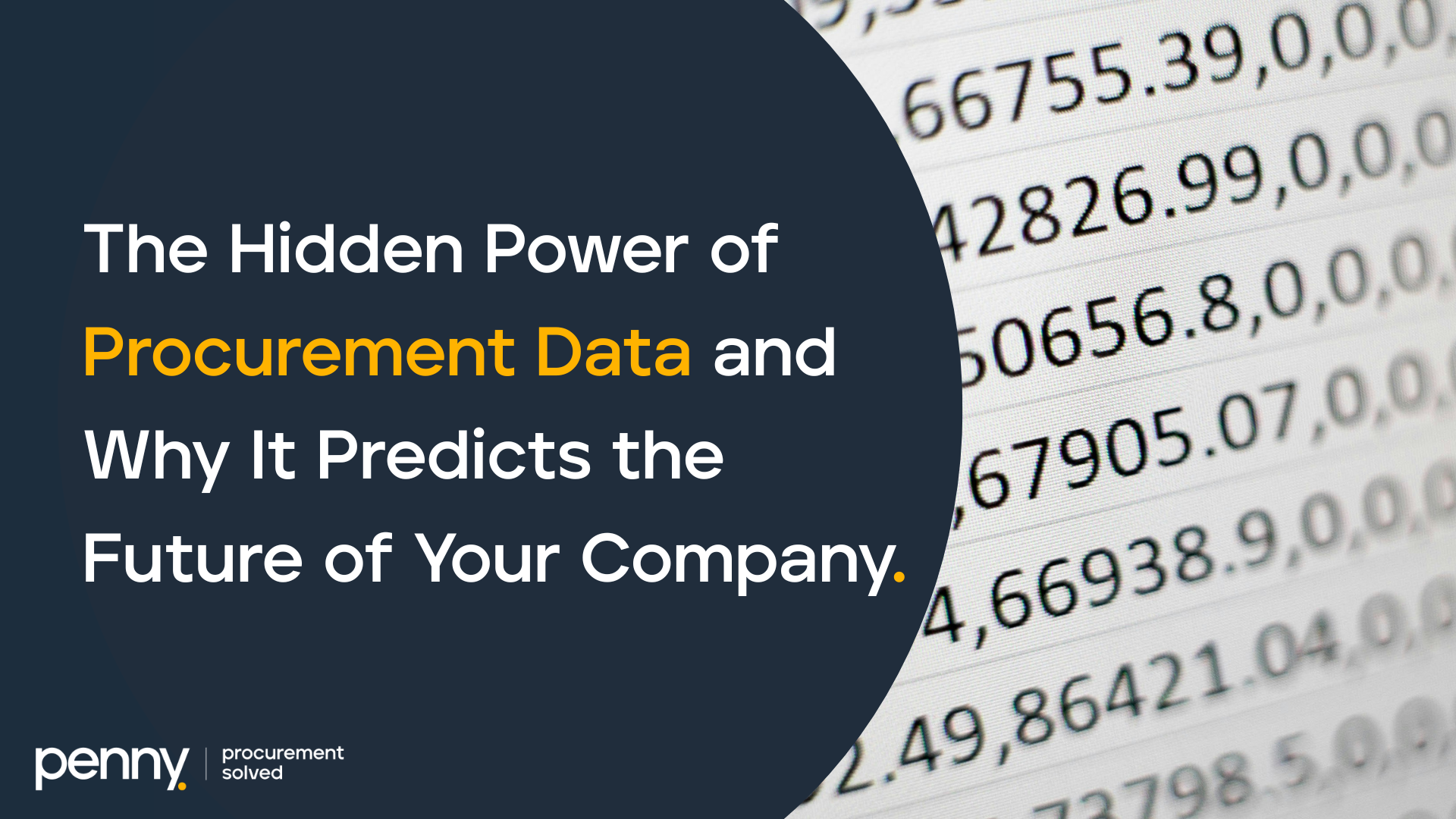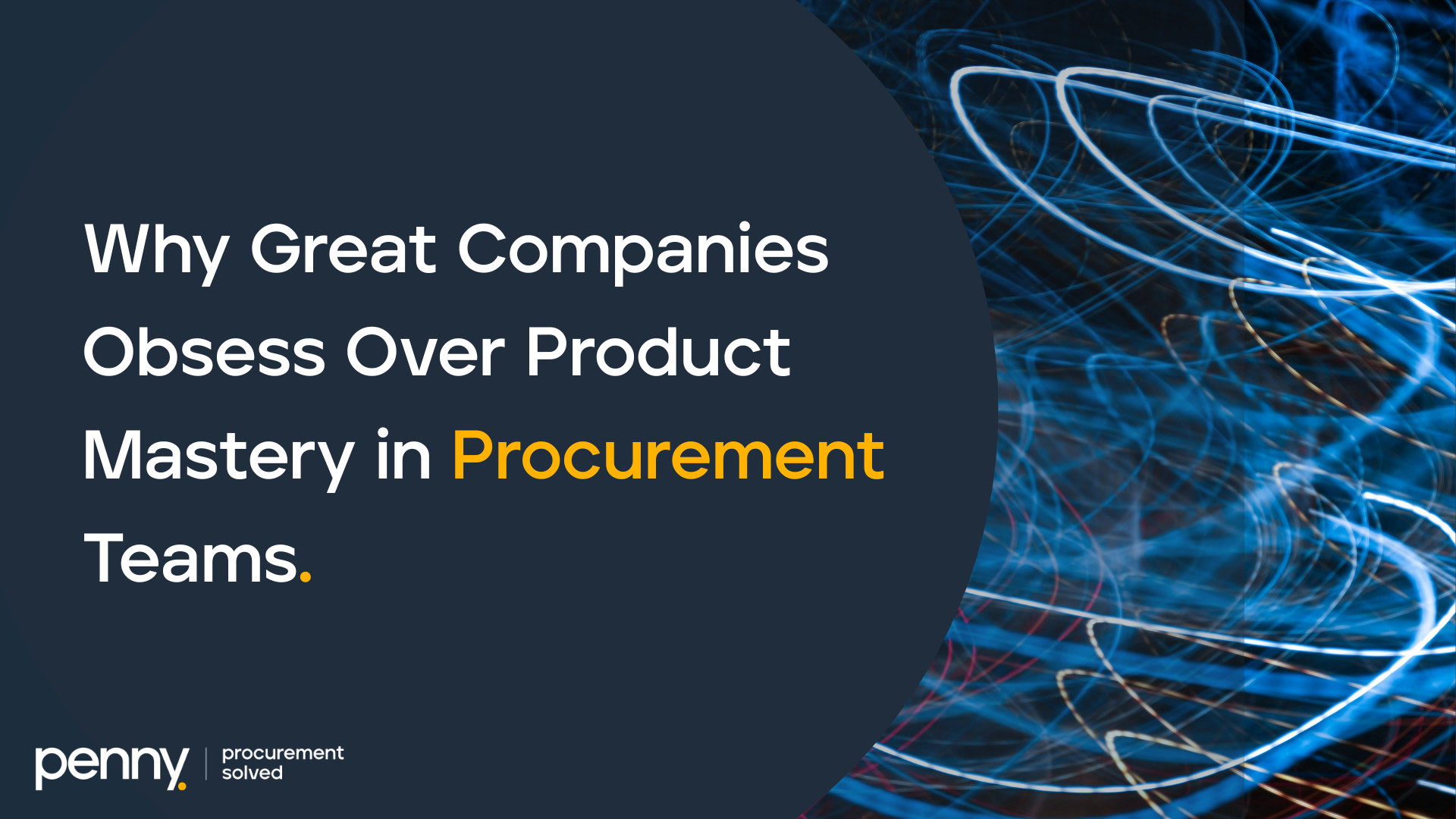
Procurement has always been at the heart of business operations, connecting people, budgets, and suppliers. But over the past decade, its role has changed completely.
It is no longer a back-office function, it has become a strategic driver of value, resilience, and competitive advantage.
This transformation marks the rise of Procurement 2.0, a new era where technology, data, and intelligence redefine how organizations buy, manage, and grow.
1. From Transactions to Transformation
Procurement used to be about transactions, issuing purchase orders, collecting quotations, and ensuring compliance.
But in today’s economy, where speed, visibility, and savings define competitiveness, that traditional model no longer works.
Procurement 2.0 is not just digitization, it is transformation.
It means replacing manual steps with intelligent systems, integrating procurement with finance and operations, and empowering teams with data that drives decisions.
Enterprises that adopt this model are not only improving efficiency, they are reshaping their entire cost and control structure.
2. Visibility Drives Control, Control Drives Value
One of the biggest lessons from modern procurement is simple, visibility drives control.
You cannot manage what you cannot see.
When procurement operates through emails and spreadsheets, visibility disappears, and so does control. CFOs cannot forecast spend accurately, managers cannot enforce approvals effectively, and procurement loses its ability to influence strategy.
Digital procurement systems, like Penny Software, bring all transactions, quotations, and approvals into one centralized platform.
This visibility gives procurement leaders the power to control budgets, enforce policies, and identify savings opportunities in real time.
Visibility is not a nice-to-have feature, it is the foundation of strategic procurement.
3. Data Is the New Procurement Currency
In Procurement 2.0, data is everything.
Every purchase order, supplier quote, and invoice creates a data point that can be analyzed to uncover trends, risks, and opportunities.
Modern platforms use data analytics and AI to transform this information into insights that drive real financial impact.
For example, by analyzing historical prices and supplier performance, procurement teams can predict the best time to buy, identify cost anomalies, and benchmark vendor reliability.
This kind of intelligence was impossible with manual tools.
At Penny, our customers use built-in analytics dashboards to gain immediate visibility into spend distribution, category performance, and supplier competitiveness.
Procurement has evolved from reactive control to proactive intelligence.
4. Collaboration, Not Isolation
In many organizations, procurement and finance operate in silos. Procurement issues purchase orders, finance handles payments, and both teams rely on manual coordination to reconcile information.
Procurement 2.0 breaks those silos completely.
A unified system connects procurement, finance, and operations under one workflow.
Approvals are automated, invoices are validated instantly, and budget impacts are visible to everyone involved.
This collaboration creates alignment across the organization, ensuring that every procurement decision supports financial and operational goals.
With Penny, collaboration happens naturally. Procurement can see financial commitments in real time, finance can track approvals instantly, and managers can make informed decisions without delay.
When everyone operates on the same platform, speed and accuracy multiply.
5. Governance Without Bureaucracy
One of the biggest misconceptions about governance is that it slows things down.
In reality, governance, when designed intelligently, speeds things up by reducing confusion and error.
Procurement 2.0 introduces automated governance, where policies and approval hierarchies are embedded into the system itself.
That means no more manual tracking, no more chasing signatures, and no more risk of non-compliance.
Every purchase request automatically follows the right approval path, every quotation is archived with its decision record, and every invoice is validated against its purchase order.
This automation protects organizations without creating friction.
With Penny, governance becomes invisible, working quietly in the background while teams focus on value creation.
6. Savings That Speak in Data, Not Guesswork
Procurement’s primary goal has always been to save money, but the way savings are measured in Procurement 2.0 is far more sophisticated.
It is no longer just about negotiating discounts, it is about tracking measurable impact.
At Penny, we quantify two key metrics that define modern procurement performance:
- Direct Savings, the difference between the initial vendor offer and the awarded offer. Penny customers achieve an average of 6.11% in direct savings.
- Cost Avoidance, the difference between the awarded offer and the average of competing offers. Penny customers achieve an average of 27.5% in cost avoidance.
These numbers are not estimates, they are recorded directly from the system, giving CFOs and CPOs clear visibility into the financial value procurement is delivering.
Procurement 2.0 replaces intuition with evidence.
7. The Human Factor, Procurement’s New Role
Technology does not replace procurement professionals, it elevates them.
When repetitive tasks are automated, teams can focus on what truly matters, strategy, supplier collaboration, and innovation.
Procurement 2.0 turns buyers into business advisors who use data insights to guide corporate decisions.
They move from processing requests to designing solutions, from comparing quotes to analyzing trends, from executing transactions to influencing profitability.
At Penny, we see this transformation happening every day, where procurement professionals gain confidence, visibility, and strategic influence across their organizations.
8. Procurement 2.0 and the Saudi Context
Saudi Arabia’s economy is evolving rapidly, driven by Vision 2030 and the surge of mega-projects, digital infrastructure, and private sector growth.
In this environment, procurement efficiency has become a strategic necessity.
Enterprises that still rely on manual tools struggle with compliance, reporting, and local content tracking. Those that adopt digital procurement gain immediate advantages, faster decision-making, and stronger financial control.
Penny Software was built with this context in mind, designed by a Saudi team that understands local regulations, business culture, and the importance of seamless user experience.
Our mission is to empower enterprises in the region to compete globally through technology that makes procurement simpler, smarter, and fully aligned with modern governance requirements.
Final Thought
Procurement 2.0 is not about replacing systems, it is about redefining value.
The organizations that embrace digital procurement are not just modernizing processes, they are transforming how business operates at its core.
Visibility, control, and intelligence are no longer optional, they are the pillars of competitiveness in the next decade.
The question for every enterprise is clear, are you operating procurement, or are you transforming it?
Book a personalized demo today and see how Penny can help your organization step into the Procurement 2.0 era with confidence, clarity, and measurable impact.


